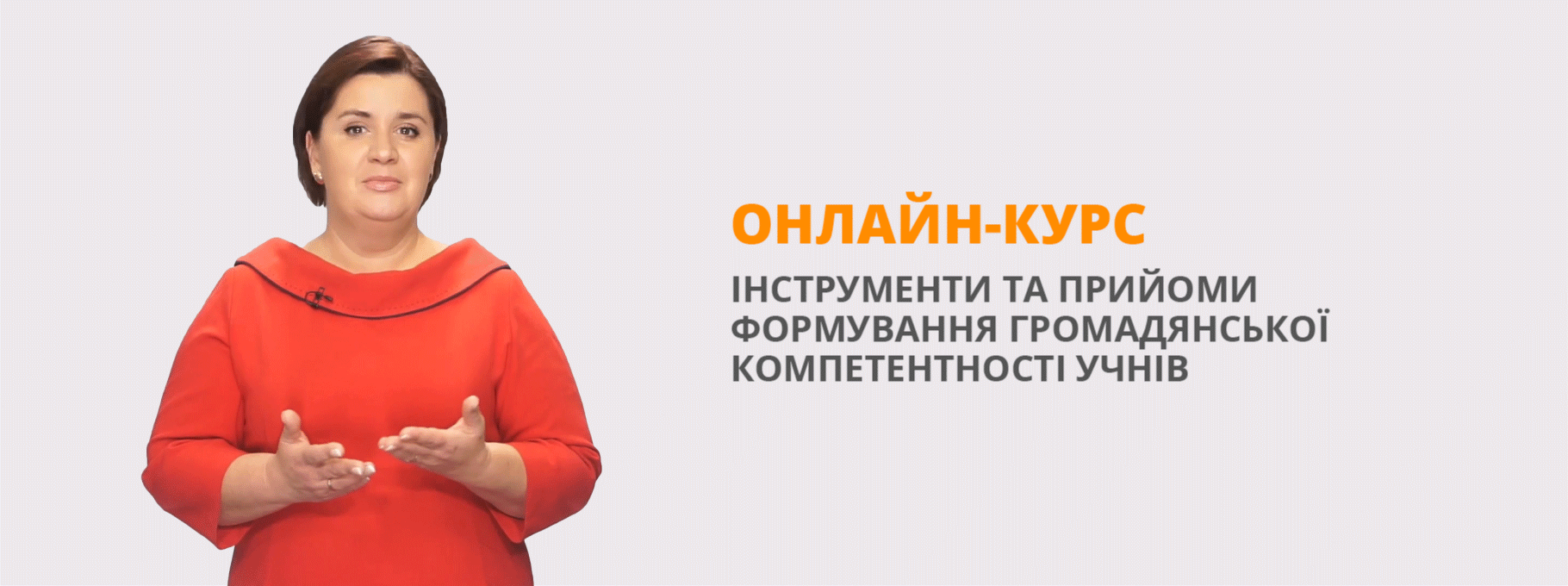Reading Test (Cooking in the Classroom? Elementary!)
Read the text below. For questions (6 – 10) choose the correct answer (A, B, C or D)
Cooking in the Classroom? Elementary!
The workplace of professional chef Catherine Pressler is a former storage room at Hunters Woods Elementary School. Outside Room 106, a sign proclaims, “Chef Pressler, Food FUNdamentals.” This is where students come to take part in a cooking-based course which began several years ago when Pressler was looking for a way to be active in her children’s school. Her kids aren’t in elementary school anymore, but Pressler has stayed. Named by Parent Teacher Association (PTA) Volunteer of the Year, she is the creator of a highly detailed and organised series of classes for kindergarten through sixth grade that adds to themes from daily course work.
How is cooking connected with math, science or history? Just look: Kindergartners whip up a recipe inspired by a popular children’s tale, “Stone Soup”; as they handle the ingredients, they learn about geometric shapes, sorting, identification of fruits and vegetables, and the five senses. Lessons become more complex for the older kids. Fourth-graders prepare a grand menu from Colonial Virginia to review the state’s history, culture and natural resources. Hunters Woods Principal Stephen Hockett says, “Everything she does is amazing. To have children use their thinking skills and make connections to the real world is incredible. When kids are having a good time is when they learn the most.” Pressler spends up to 60 hours a week preparing lessons, buying supplies and teaching. She volunteers her time; the supply budget comes from student fees, the PTA and sometimes her own pocket. The programme has grown so large that Pressler is looking for grants and other sources of income.
You have to see Pressler in action to truly understand the scope of her programme, and her dedication to the kids. On a spring afternoon in Room 106, thirdgrade students arrive to find gleaming stainless-steel pasta machines and other carefully organised supplies waiting on clean tabletops. Pressler isn’t two minutes into the lesson before she gives the first hints that the programme is about a lot more than cooking.
Pressler manages to talk without stopping, but without losing her young audience. Their eyes follow her as she springs around the room discussing history and geography, pulling down a world map here and pointing to an architectural poster there. Pulling out packages of pasta, she wows the kids with the variety of ingredients used to make different kinds of it, including soy, buckwheat, rice, corn and rye. Soon the class is shrieking with delight as they run dough through pasta machines and measure it for the longestnoodle contest.
Pressler is a role model with a diverse background. “I went to school in architecture and interior design. I’d always loved science, so then I went to graduate school in textile chemistry. Then I said, “I’m going to chef school now, as a hobby.” And I found that’s where my heart was. I worked as a pastry chef for a number of years and really loved that.” She missed interacting with more people, however.
Pressler says she dreams of expanding the programme to reach more students at other schools or taking her programme to television. Her recipe for success is to integrate learning with life, instill enthusiasm for learning in the children, and inspire them to achieve their heart’s desire.
Which statement is TRUE of Catherine Pressler, according to PARAGRAGH 1?
What can be inferred from PARAGRAGH 2 about Catherine Pressler’s course?
What problem does Catherine Pressler face in teaching her course?
Which statement is NOT TRUE of Catherine Pressler’s teaching techniques?
What are Catherine Pressler’s plans for the future?

Створюйте онлайн-тести
для контролю знань і залучення учнів
до активної роботи у класі та вдома


















